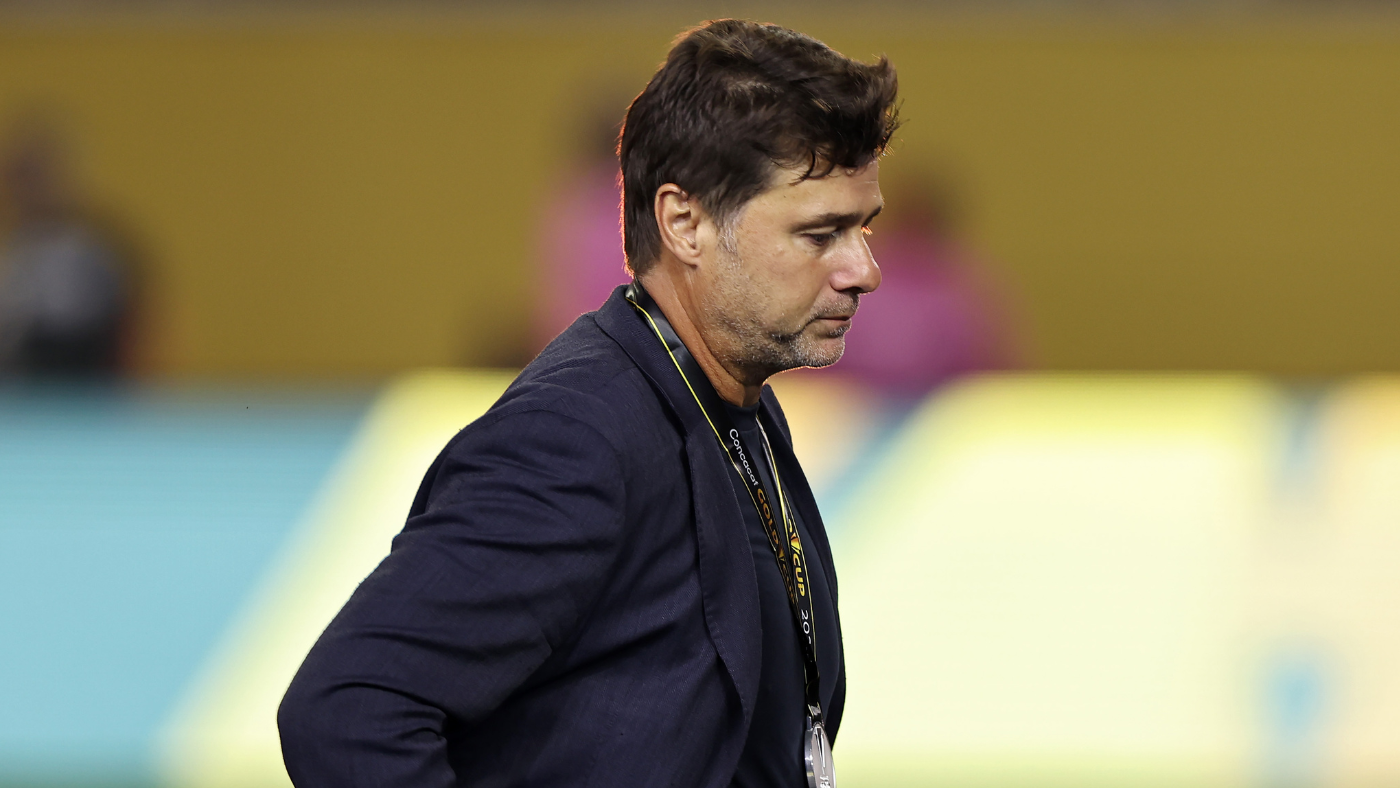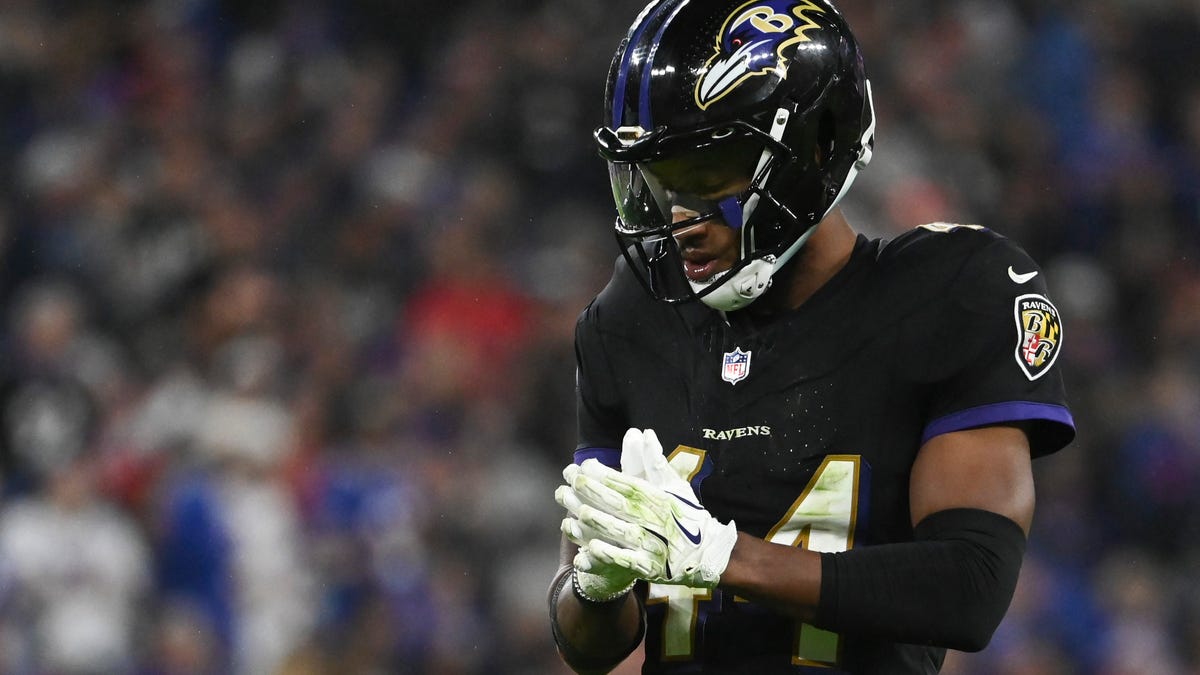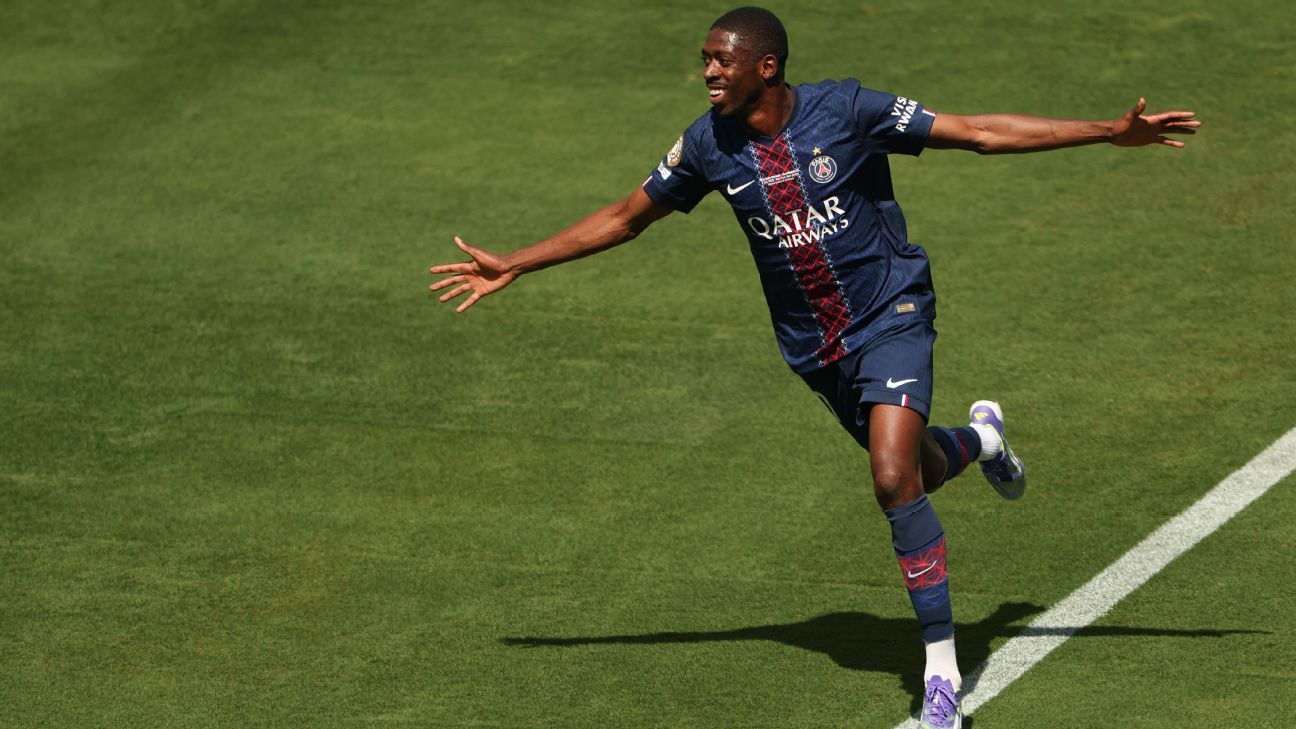
Heading into Sunday’s Concacaf Gold Cup final, the vibe around the U.S. men’s national team was as optimistic as it had been in at least a year, if not longer. From head coach Mauricio Pochettino and his roster made up mostly of fresh faces, it is clear they all benefitted from five weeks’ and eight games’ worth of work, a few players even earning their moment in the sun along the way. As the USMNT crumbled to a 2-1 defeat in Sunday’s final against regional rivals Mexico, though, perhaps that sense of optimism was a warning sign.
Pochettino’s inexperienced side had well-defined standout players at Houston’s NRG Stadium on Sunday, with Malik Tillman and Diego Luna making the most of their opportunities over the course of the last month and Chris Richards rising to the occasion in a strong year for club and country. Sebastian Berhalter and Matt Freese even clawed their way into the conversation for next year’s World Cup roster, the main objective on an individual basis for everyone that made the cut for the Gold Cup. They started brightly, too – Berhalter’s sharp set piece delivery allowed Richards to score the opening goal after just four minutes, a repeat of the goal that earned the USMNT a win against Saudi Arabia in the group stage.
Sunday’s loss to Mexico, though, offered a stark reminder that the strides the USMNT have made in the last month were merely a first step in what they hope is a rapid upward trajectory in time for the World Cup. The team’s most impressive outings came against teams they were the clear favorites against, an important rung on the ladder for a team that lost to a wide variety of opponents over the last year. The next level up would require them to pull out the stops against Mexico, with one final opportunity to win a trophy before the World Cup; despite the early lead, that performance never came.
The USMNT were second-best in just about every category during the Gold Cup final, Mexico assuming control early despite conceding just four minutes into the game. The U.S. had no response for Mexico’s attack-minded approach, El Tri leading the way 16 to six in shots and 1.26 and 0.64 in the expected goals tally. Pochettino’s side looked both ultra-conservative, unusual for a coach who made a name in Europe for leading entertaining teams that prioritized offense, and almost nonresponsive in a way that signalled that the sum of the parts of an inexperienced roster was never well equipped to pass a test like this. The worst part, though, is that these patterns were not unique to Sunday’s performance for the USMNT.
A shaky defense had endangered the USMNT’s ability to even make it this far, nearly costing them against surprise semifinalists Guatemala in Wednesday’s 2-1 win, while an inability to fully assert themselves in midfield was part of the mixed bag their group stage performances showcased. The bad news is that on Sunday, the team’s mainstays were equally as responsible for the outcome as the newcomers – center backs Richards and Tim Ream are still the favorites to start a year from now, while Tyler Adams left a bit to be desired in terms of his passing ability against Mexico. Tillman and Luna, meanwhile, were not the difference-makers they had once been during the course of the Gold Cup run.
Call it What You Want: A weekly podcast where Jimmy Conrad, Charlie Davies and Tony Meola cover all things USMNT and the state of the beautiful game in the United States. Catch the show YouTube live every Tuesday and Thursday at 10 a.m. ET.
Sunday’s result does not actually cancel out most of the positive developments that were part of this summer’s journey, though. Pochettino’s experiment to explore the wider player pool worked – Tillman and Luna have made their case to break into the starting lineup, while Berhalter’s set piece strengths and Freese’s penalty heroics means those two are at least in the mix for next year’s World Cup roster. The fact that a group of fringe players could not win the Gold Cup is not much of a surprise, either, to the point that the negativity surrounding the USMNT before the tournament meant that a run to the final was not a guarantee. Winning a trophy was the primary objective of the Gold Cup, but Pochettino’s ability to better understand his options was a close second and at least in that regard, this summer did accomplish some important missions.
For the first time since the USMNT’s round of 16 exit at the 2022 World Cup, we learned something new about this team and their abilities setting up for a fascinating final year of competition for roster spots. Seeing the handful of Gold Cup standouts mix in alongside the mainstays like Christian Pulisic and Weston McKennie later this year will be a truer test of the U.S.’ capabilities at the World Cup than this summer’s tournament was ever going to be. September’s friendlies against South Korea and Japan offer a strong start to what will hopefully be a competitive schedule in the run-up to the World Cup, providing a genuine look at the USMNT’s abilities.
The USMNT managed to complete a redemption arc of sorts at the Gold Cup, complicated as it may be. Pessimism is no longer the prevailing sentiment but the onus is still on Pochettino and company to get the balance right. The Argentine has not always had answers to in-game problems, not always able to introduce a tempo-changing substitution when the game is crying out for one. There is a very reasonable argument to make, though, that player pool expansion was mandatory for Pochettino to even deliver those answers. The fact that the USMNT exit the Gold Cup with several standouts may not have answered the question of if they can live up to the hype next year, but it likely gives this group a better chance to actually realize their potential – even if tempering expectations may still be required.







